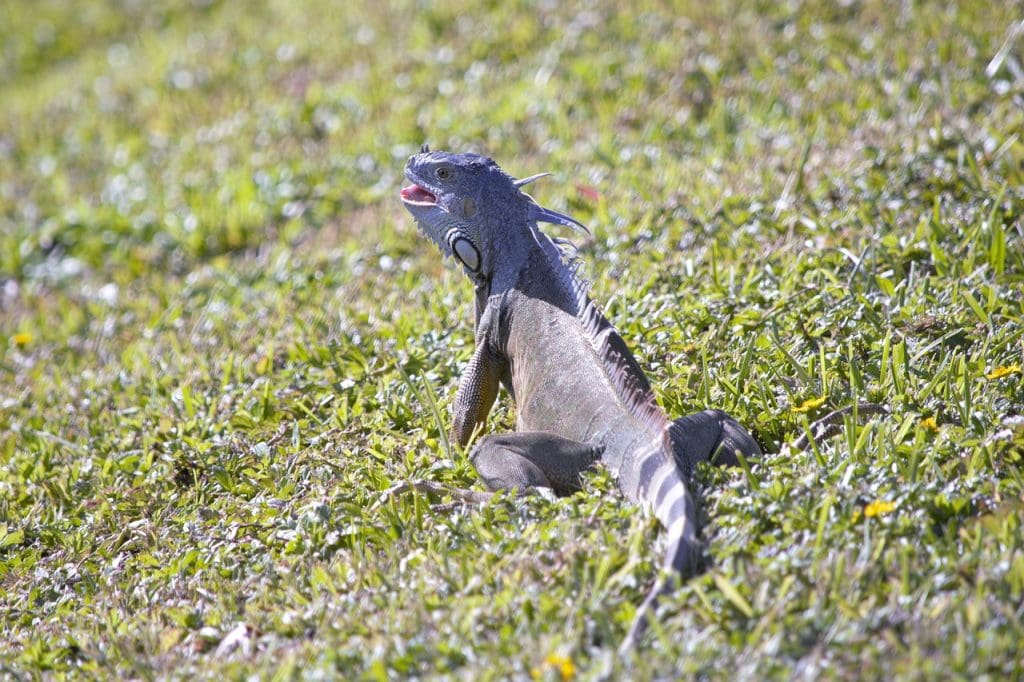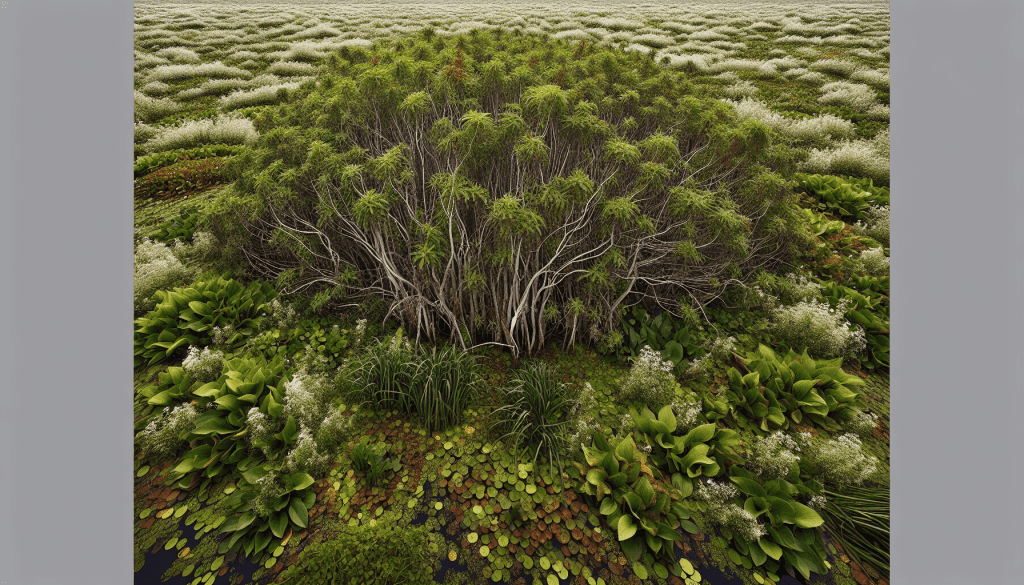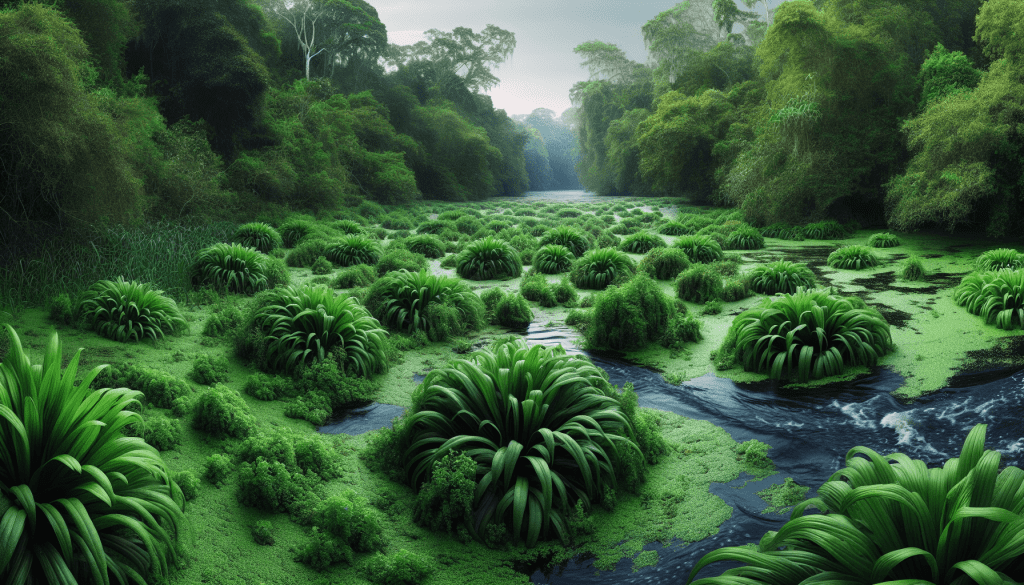The Impact of Alligator Weed on Native Plant Species” explores how alligator weed, an invasive species, affects the delicate balance of local ecosystems. You’ll dive into the intriguing ways this persistent plant displaces native flora, alters habitats, and challenges conservation efforts. By the end, you’ll have a clear understanding of the significance of controlling alligator weed to preserve the diversity and health of native plant species. Have you ever wondered how alligator weed impacts our native plants? You may have seen this invader in your local waterways or wetlands, but do you know the full story? Let’s dive into the fascinating yet concerning world of alligator weed and its effects on native plant species.

What is Alligator Weed?
Alligator weed (Alternanthera philoxeroides) is an aggressive, invasive plant native to South America. It was first introduced to the United States in the 1890s and has since spread across many regions, flourishing in a variety of ecosystems. This perennial plant is particularly troublesome due to its ability to thrive in both aquatic and terrestrial environments.
Characteristics of Alligator Weed
Alligator weed has unique features that make it easily recognizable:
- Leaves: Opposite, lance-shaped, and usually 2-12 cm long.
- Stems: Hollow and buoyant, allowing it to float on water.
- Flowers: Small and white, growing in clusters.
Why is Alligator Weed a Problem?
Alligator weed poses several problems:
- Competition: It outcompetes native plants for resources like sunlight, nutrients, and space.
- Ecosystem Disruption: By forming dense mats, it disrupts water flow and alters habitat structures.
- Economic Impact: It affects agriculture, fisheries, and recreational activities.
The Spread of Alligator Weed
Alligator weed spreads primarily through fragmentation. Small pieces of the plant can break off and establish new colonies, making eradication extremely difficult.
Human Activities
Human activities such as boating, fishing, and even water management practices inadvertently contribute to the spread of alligator weed. By transporting plant fragments from one water body to another, human intervention accelerates its dissemination.
Natural Dispersal
The plant’s buoyant stems allow it to easily float and spread downstream. Wildlife can also play a role, as animals can carry fragments to new locations.

Impact on Native Plant Species
Understanding the specific ways in which alligator weed impacts native plants is crucial for developing effective management strategies.
Competition for Resources
Alligator weed often forms thick mats that overshadow native plants, reducing their access to sunlight. This shading effect can significantly hinder photosynthesis in native species, leading to their decline.
Soil and Water Alteration
By altering water flow and sedimentation patterns, alligator weed changes the physical and chemical properties of its environment. Native plants accustomed to particular conditions may find it hard to survive.
Biodiversity Loss
The dominance of alligator weed in an area generally results in a decrease in plant diversity. This loss of biodiversity has cascading effects on the entire ecosystem, including insects, birds, and aquatic life that rely on native plants for food and habitat.
Table: Impacts of Alligator Weed on Native Plant Species
| Impact | Description | Result |
|---|---|---|
| Competition | Outcompetes native plants for sunlight, nutrients, and space | Decline in native plant populations |
| Water Flow | Forms dense mats that alter water flow | Changes in aquatic ecosystems |
| Soil Alteration | Affects sedimentation and nutrient levels | Harder for native plants to thrive |
| Biodiversity Loss | Reduces species richness and biodiversity | Less resilient ecosystems |
Management and Control Methods
Managing alligator weed is challenging but not impossible. Various strategies can be employed, including mechanical, chemical, and biological control methods.
Mechanical Control
Mechanical control involves physically removing the plant from its environment. Techniques include cutting, mowing, and dredging. However, this method is labor-intensive and often less effective due to the plant’s ability to regrow from small fragments.
Chemical Control
Herbicides can be used to manage alligator weed but must be applied carefully to minimize damage to native plants and wildlife. Commonly used herbicides include glyphosate and 2,4-D, which require precise application to ensure effectiveness.
Biological Control
Biological control introduces natural enemies of alligator weed, such as insects or fungi, to help reduce its population. For instance, the flea beetle (Agasicles hygrophila) has been successfully used in some regions to control alligator weed populations.
Integrated Management
An integrated management approach combines mechanical, chemical, and biological methods to offer a more sustainable and effective solution. By addressing the problem from multiple angles, integrated management can help to significantly reduce the impact of alligator weed on native plant species.

Prevention and Early Detection
Prevention and early detection are critical in managing invasive species like alligator weed.
Public Awareness
Raising public awareness is often the first line of defense. Educational programs and signage can inform the community about the risks associated with transporting invasive species.
Monitoring Programs
Regular monitoring of water bodies and wetlands can help detect alligator weed early, making eradication efforts more manageable.
Quarantine Measures
Implementing quarantine measures for boats, fishing gear, and other equipment can significantly reduce the risk of spreading alligator weed to new locations.
Case Studies: The Impact of Alligator Weed
Examining real-world examples can provide valuable insights into the challenges and successes associated with managing alligator weed.
Case Study 1: Florida Everglades
The Florida Everglades is a prime example of an ecosystem affected by alligator weed. The dense mats of the weed have altered water flow, affecting both plant and animal species. Ongoing management efforts, including biological control and public awareness campaigns, are critical in mitigating these impacts.
Case Study 2: Australian Waterways
Alligator weed has also made its way to Australia, where it poses a significant threat to natural waterways and agricultural lands. Australian authorities have implemented an integrated management approach, combining mechanical, chemical, and biological methods to control the spread.
Table: Case Studies of Alligator Weed Impact
| Region | Impact Overview | Management Strategies |
|---|---|---|
| Florida Everglades | Altered water flow, biodiversity loss | Biological control, public awareness |
| Australian Waterways | Threat to agriculture and native species | Integrated management |

Conclusion
So, what can you take away from all of this? The impact of alligator weed on native plant species is profound and far-reaching. While it’s a tough adversary, understanding its behavior and implementing multiple control strategies can help manage its invasion.
Final Thoughts
Raising awareness and promoting early detection are essential steps in combating the spread of alligator weed. By staying informed and actively participating in conservation efforts, you can help protect native plant species and maintain biodiversity in your local ecosystems.
Wouldn’t it be great if we could all pitch in to make a difference? After all, preserving the natural beauty and health of our environment benefits everyone.
